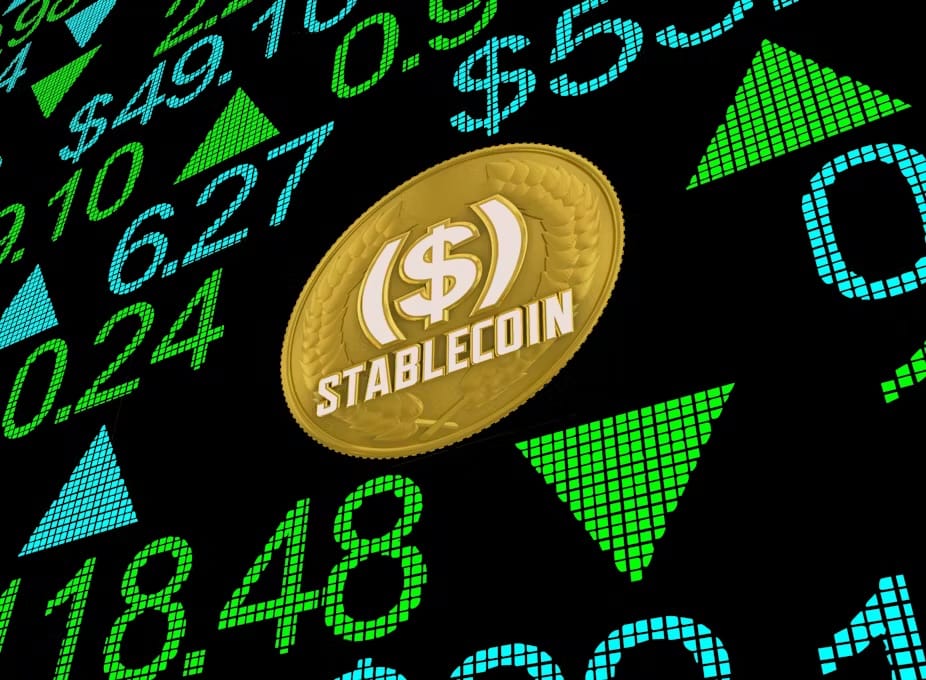SEC Clarifies Stablecoin Status Stating They Aren’t Securities

The U.S. Securities and Exchange Commission has released a significant statement that sheds light on the regulatory treatment of certain stablecoins under federal securities laws.
This move aims to bring clarity to the rapidly evolving world of crypto assets, focusing specifically on a category called “Covered Stablecoins.” These digital assets, designed to maintain a one-to-one peg with the U.S. dollar and backed by low-risk, liquid reserves, have been a subject of debate among regulators and market participants. The SEC’s position offers a practical framework for issuers and users, signaling a nuanced approach to the crypto market.
The statement defines Covered Stablecoins as crypto assets engineered to mirror the U.S. dollar’s value, redeemable on a one-to-one basis, and supported by reserves of cash or cash-equivalent assets. Unlike other stablecoins that rely on algorithms or track commodities like gold, Covered Stablecoins stand out for their straightforward design.
Issuers mint and redeem these tokens at a fixed price, ensuring stability through a reserve system that holds assets equal to or exceeding the value of circulating tokens. This structure, the SEC argues, positions Covered Stablecoins as tools for payments, money transfers, or value storage rather than investment vehicles. In a key determination, the SEC concluded that the offer and sale of these stablecoins do not constitute securities under the Securities Act of 1933 or the Securities Exchange Act of 1934, freeing issuers from the obligation to register such transactions with the SEC.
Stay In The Loop and Never Miss Important Crypto News
Sign up and be the first to know when we publishA Closer Look at the Legal Reasoning
The SEC’s analysis hinges on two well-established legal tests: the Reves test for debt instruments and the Howey test for investment contracts. Under the Reves framework, they examined whether Covered Stablecoins resemble securities like notes. It found that buyers acquire these tokens for practical use, not profit, while issuers channel proceeds into a reserve rather than speculative ventures. The marketing of Covered Stablecoins reinforces this, emphasizing their role as a “digital dollar” for everyday transactions rather than a means to generate returns. Additionally, the reserve’s low-risk assets, held solely to honor redemptions, act as a safeguard that reduces the need for securities oversight. This balance of factors led the SEC to conclude that Covered Stablecoins align more with commercial tools than investment products.
Turning to the Howey test, the SEC assessed whether these stablecoins represent an investment in a common enterprise with an expectation of profits driven by others’ efforts. Here, the lack of promised returns or governance rights for holders proved decisive. Buyers, the statement notes, are drawn to Covered Stablecoins for their utility, not the prospect of financial gain. This consumer-oriented purpose distinguishes them from traditional securities, reinforcing the view that they fall outside the SEC’s purview. The statement carefully limits its scope to Covered Stablecoins, leaving open questions about algorithmic or yield-bearing variants, which may face different regulatory considerations.
This development marks a step forward in demystifying the legal landscape for stablecoins, offering issuers and users a clearer path to compliance. By focusing on the economic realities of these assets, the SEC demonstrates a willingness to adapt its framework to the unique characteristics of blockchain-based technologies. For businesses leveraging Covered Stablecoins, this clarity could spur innovation in payments and financial services, while regulators continue to grapple with the broader implications of the crypto ecosystem.

